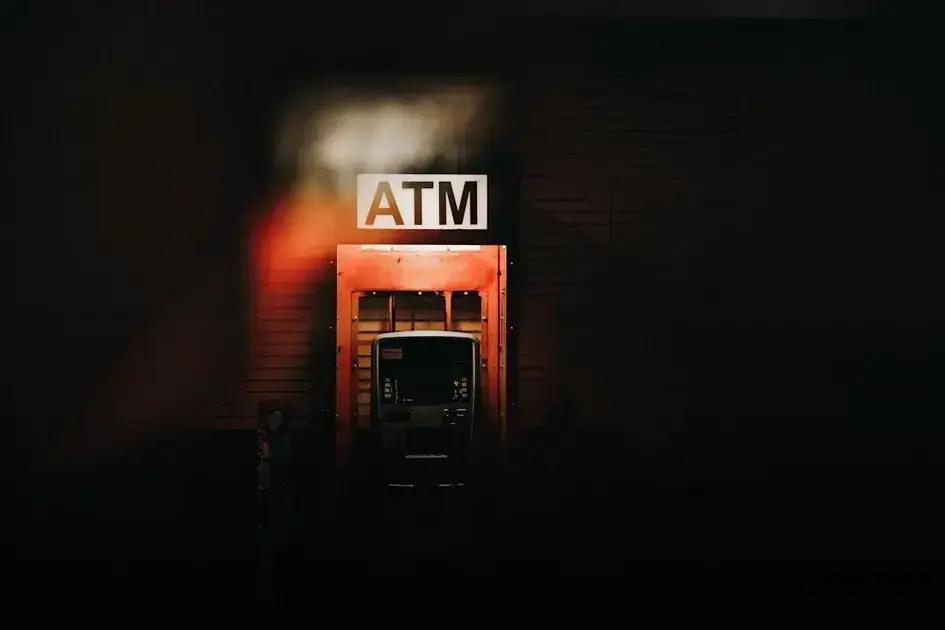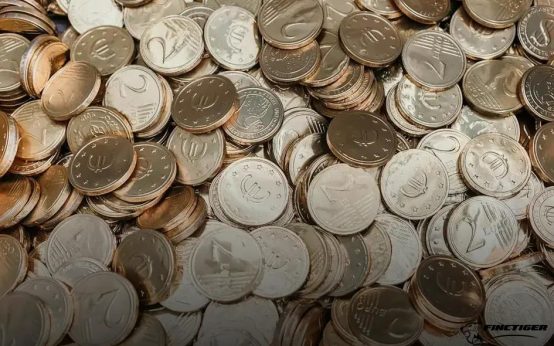In today’s digital age, safeguarding your investments is crucial. Understanding how to secure your crypto wallet is the first step to protect your assets. With technology evolving, wallets become targets for hackers. This guide will explore essential security measures, from choosing the right wallet type to recognizing scams, ensuring your crypto remains safe.
Understanding Different Types of Crypto Wallets
There are various types of wallets used for storing cryptocurrency, and each has its own set of features and security aspects. To protect your digital assets, it’s crucial to understand these different types and how they cater to different needs.
Hardware Wallets
A hardware wallet is a physical device that secures your private keys offline. This is one of the safest ways to store your crypto as it is not connected to the internet, making it immune to online threats like hacking. However, it’s vital to keep the device itself safe from physical damage or loss.
Software Wallets
Software wallets are applications you install on your computer or mobile device. These can be further classified into desktop, mobile, and web wallets. While convenient, as they allow for easy transactions, they expose you to potential cyber threats, especially if strong security measures are not in place.
Paper Wallets
A paper wallet is simply a physical document containing your public and private keys. Though considered secure, because they are offline, you must take care to store them in a safe location. They are less user-friendly, as transferring funds requires additional steps.
Custodial vs. Non-Custodial Wallets
With a custodial wallet, a third party like a crypto exchange manages the private keys on behalf of the user. In contrast, a non-custodial wallet gives the user complete control over their keys. While custodial wallets can be convenient and offer a safety net, they also present a risk if the third party’s security is compromised.
When choosing a wallet, consider factors such as security, convenience, and your specific needs. By understanding the strengths and weaknesses of each type, you can make informed decisions on how to protect your valuable digital assets.
Best Practices for Crypto Wallet Security

Use Strong and Unique Passwords: Always use a unique and complex password for your crypto wallet to prevent unauthorized access. Avoid using easily guessable passwords and regularly update them to maintain security.
Enable Two-Factor Authentication (2FA): Adding an extra layer of security with 2FA helps protect your wallet by requiring a second form of identification, such as a code sent to your phone.
Regularly Update Wallet Software: Ensure that your wallet software is always up-to-date. Developers frequently release updates to patch security vulnerabilities.
Keep Backup of Your Wallet: Regular backups help recover your assets in case your device fails. Store these backups in a secure location, like an offline safe, away from potentially compromised devices.
Be Cautious with Public Wi-Fi: Avoid accessing your crypto wallet using public Wi-Fi networks. If necessary, use a Virtual Private Network (VPN) for an added layer of security.
Monitor Your Wallet Regularly: Check your wallet activity frequently to ensure there are no unauthorized transactions. Quick detection aids in addressing potential issues before they escalate.
Consider Cold Storage Options: For storing large amounts of cryptocurrency, consider using cold storage options like hardware wallets, which keep your assets offline and safe from online threats.
Recognizing and Avoiding Common Scams
When dealing with cryptocurrencies, you may encounter various scams targeting your digital assets. Phishing attacks are common, where scammers send emails or messages that appear to be from your crypto wallet provider. They often contain links to fake websites designed to steal your login credentials. Always verify the sender’s email address and look for any suspicious elements.
Another prevalent scam involves fake investment schemes that promise high returns. Be cautious of any offers that sound too good to be true, and do extensive research to ensure the legitimacy of the investment opportunity.
Scammers may also use social engineering tactics, impersonating figures of authority in the crypto space to gain your trust. They could ask for personal information or persuade you to transfer funds to a specific wallet address.
Always enable security features like Multi-Factor Authentication (MFA) to add an extra layer of security to your wallet and accounts. Stay updated on the latest scam trends and participate in crypto community discussions to enhance your knowledge and vigilance.
These scams are pervasive, but with careful examination and skepticism, you can significantly reduce the risk of falling victim to them. Stay informed and adopt best practices to protect your crypto assets.
Utilizing Multi-Factor Authentication for Safety

Ensuring the security of your crypto wallet is crucial, and multi-factor authentication (MFA) offers an extra layer of protection that helps safeguard your assets. When you enable MFA, you add another verification step beyond just a password. This step might be a unique code sent to your mobile device or a fingerprint scan. MFA reduces the risk of unauthorized access as an attacker would need more than just your password to access your crypto wallet.
Implementing MFA is straightforward. First, check whether your wallet provider offers MFA support. Many popular platforms offer this feature under security settings. Once enabled, you’ll typically select from options like email verification, Google Authenticator, or SMS codes.
It’s important to choose a reliable MFA method. Consider using an authenticator app for added security since codes generated by these apps are often more secure than SMS verification, which can be susceptible to SIM swapping attacks.
Enhancing Security with MFA
Regularly update your password in conjunction with MFA for optimal security. Additionally, avoid using predictable passwords that might be easily guessed. With these measures, you’re strengthening your crypto wallet’s defenses against unauthorized access.




